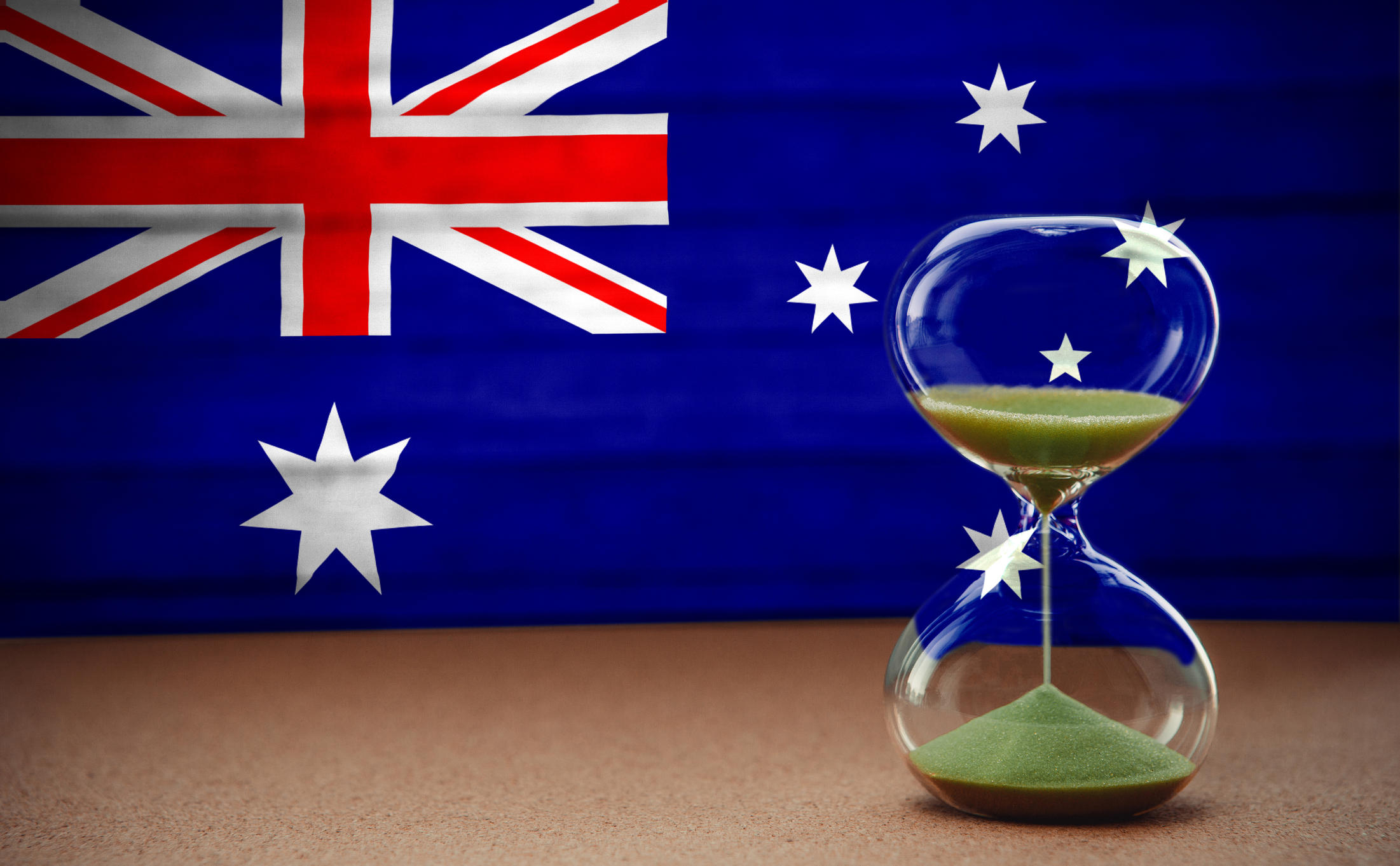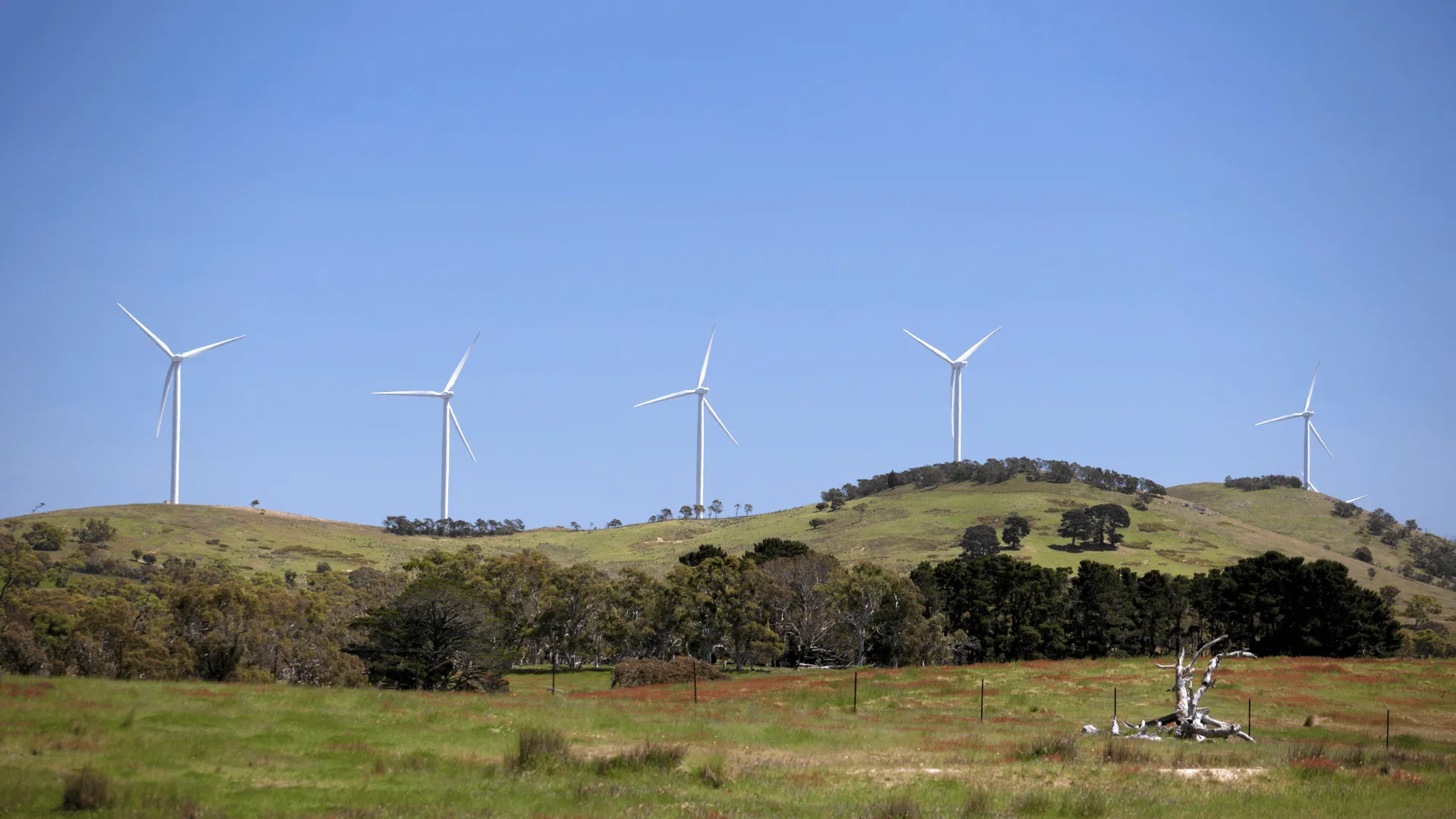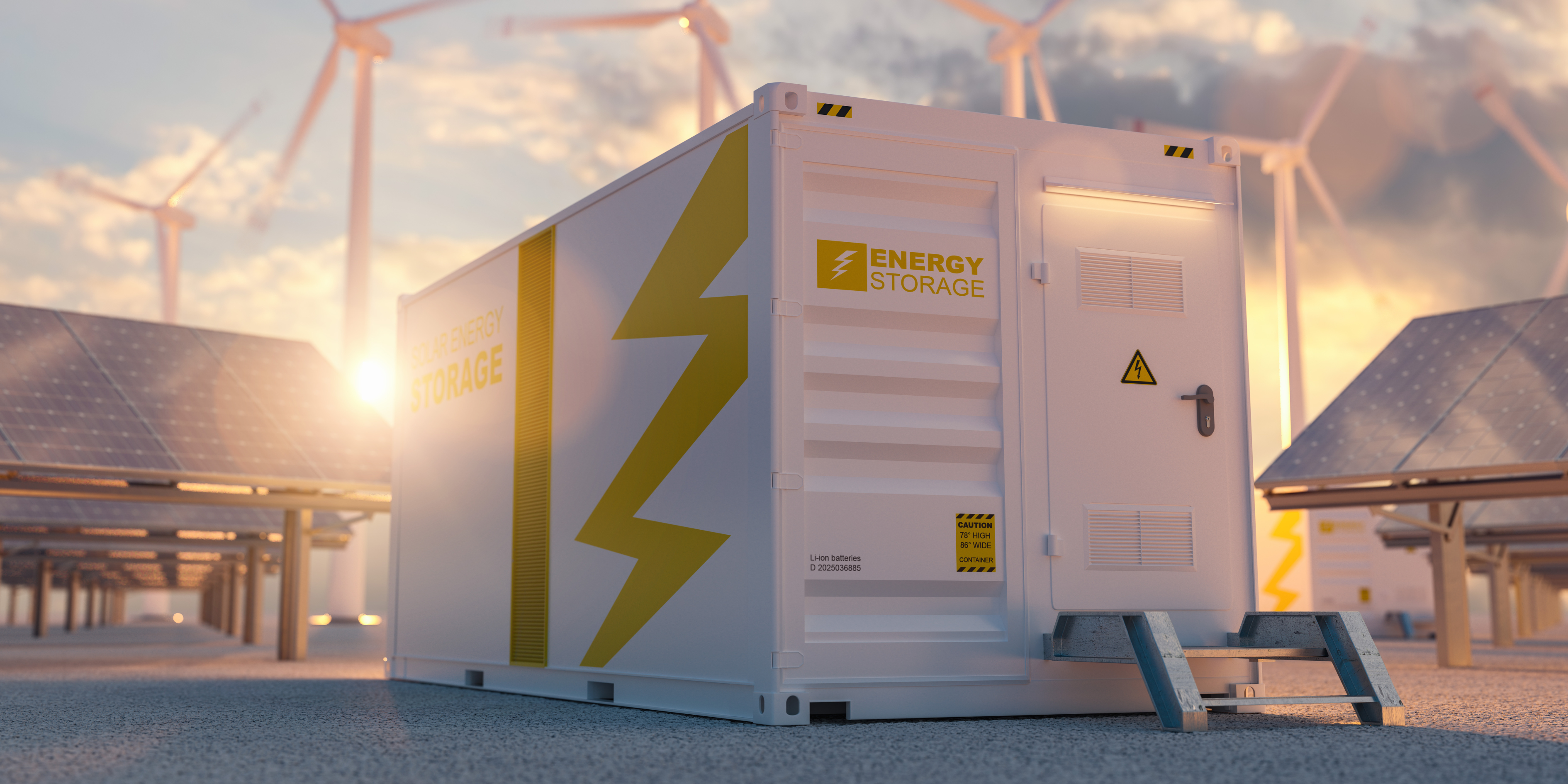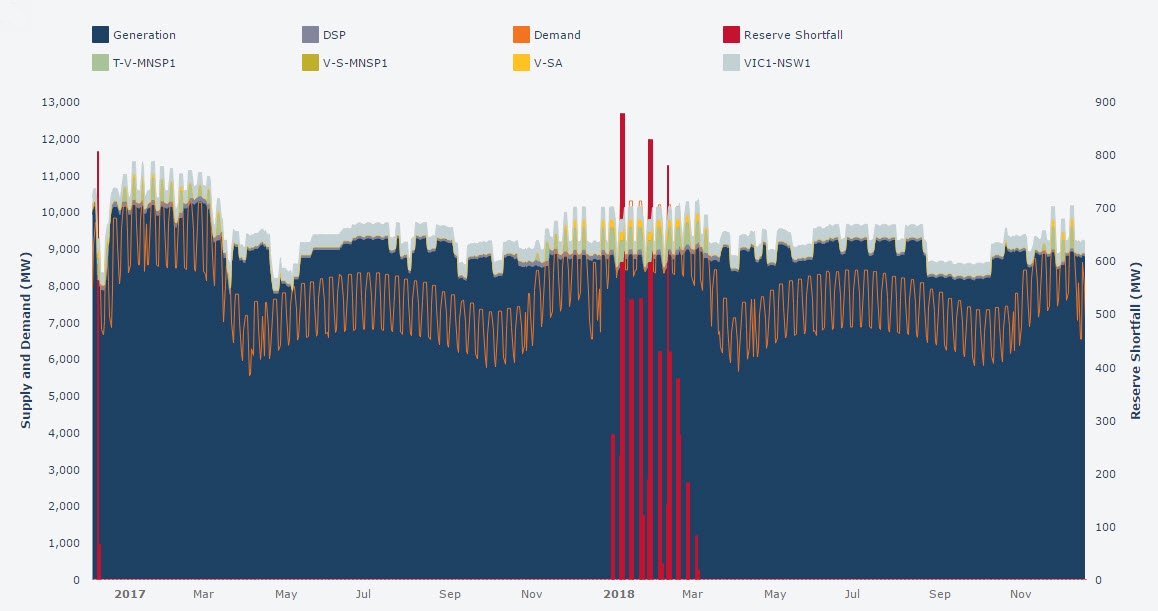No need for Stephen King, the ESOO (Electricity Statement of Opportunities) is this year’s horror bestseller, and it comes out this week.
In WA this week we have seen the power of the AEMO reports. With the WA WEM ESOO showing the government’s ambition to phase out coal by 2030 would result in shortfalls. This week the WA government scrambled to cover the shortfall and quickly announced the Muja 6 plant was given an extension until at least April 2025 under ‘reserve outage mode’ conditions. With WA planning to remove 1,366MW from the system by 2030, the transition was showing shortfalls of just below 1GW by FY26 and a terrifying 4GW by FY33. The noises coming from the state are therefore all about how to “manage the transition” and no longer how to meet the targets.
Over in the NEM (National Electricity Market), even before the release of the ESOO this week, this was the week in which we saw announcements in Victoria and an expected announcement from NSW looming. The question is no longer will Australia meet its Net-Zero target, but by how far we will miss it and what impact will closures have before renewable uptake comes onto the grid?
The Victoria government has pre-empted its requirements and moved forward to strike the “structural transition deal” with AGL to continue the operations at Loy Yang until 2035. Despite the pressure from certain board members, even they have to concede that the uptake in renewables is not at pace to orderly transition the market away from coal.
Energy Australia followed this announcement with the news that through its “Climate Transition Action Plan” the Yallourn power station will close in 2028, with the Point Piper remaining available until 2040.
This has been flanked by the NSW government strategically leaking, no doubt to soften the announcement, that the Eraring plant will remain online. The question now is in what form and at what cost.
With Australian renewable uptake at one of its lowest levels in years, hindered by the huge subsidies in the US and massive European demand. Increasingly vocal opposition to transmission upgrades, especially from rural communities, and no certainty on policy post the RET expiry in 2030, there is no doubt this week’s ESOO will make scary reading.
With the COP28 looming at the end of November, I think the hot potato in Canberra is going to be who goes, as there is no doubt when the ESOO is published we will be back in the naughty chair.
The question, therefore, is not will we miss our energy transition and therefore climate targets, but rather by how much?”




